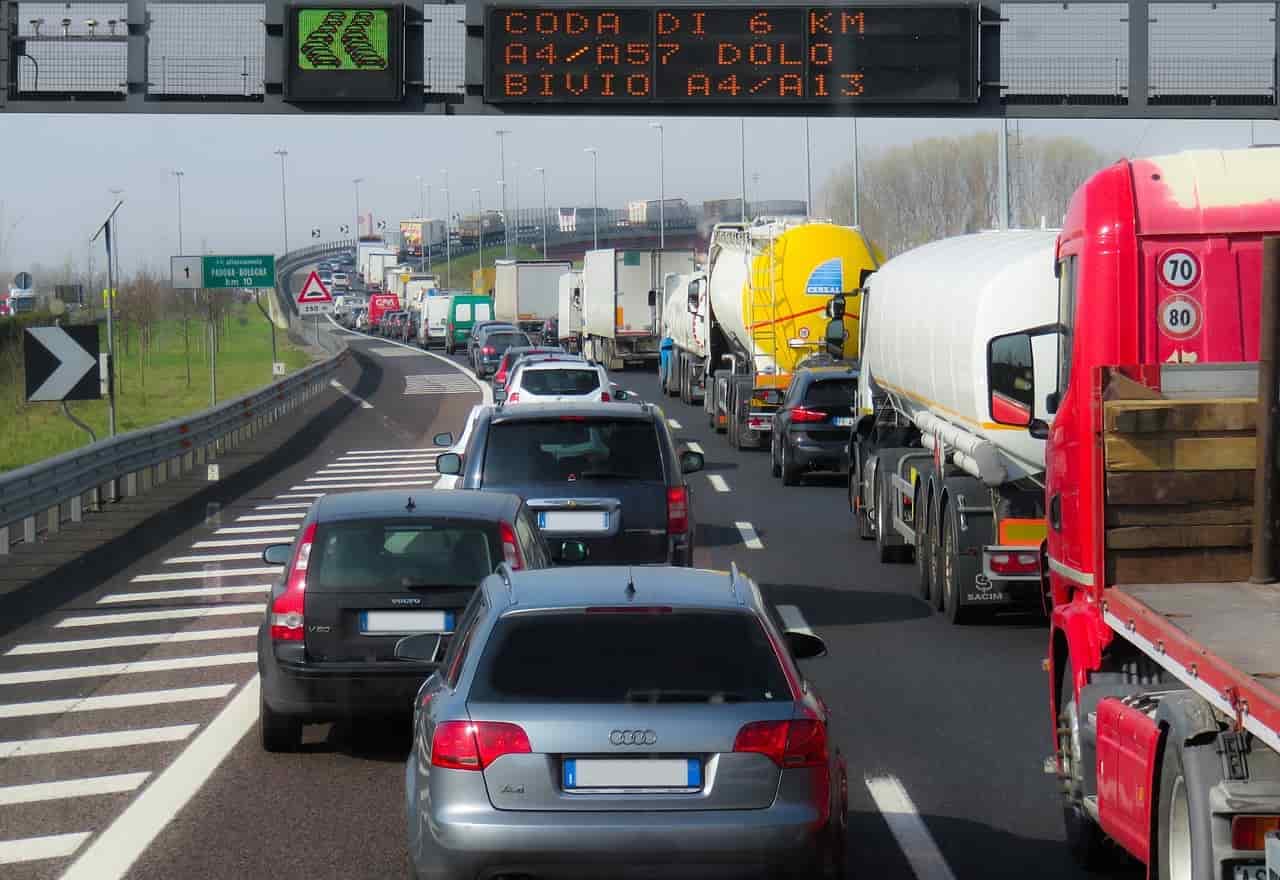Have you ever been driving around one of the mainland states and seen a car with license plates from Hawaii? You may have wondered:
- “How did that car get here?”
- “How much does it cost to ship your car from Hawaii?”
If you're making a move between or to Hawaii, transporting your car becomes a major consideration — and often a significant cost. Shipping a vehicle from the 50th state starts around $1,000 (for West Coast residents) and can go up to $2,500+ for those living farther east.
Regardless of whether you're moving across the country or across the ocean, planning the most efficient way to move your vehicle is important. Many people feel confused about how best to do this, so in this blog, we’ll discuss the pros and cons of each common option.
🚗 Drive It
For many, this is the most obvious and straightforward option. As the movers load the van and head to your new home, you simply drive your car to the same destination.
If you plan to drive yourself, here’s what you need to prepare for:
Key Costs to Budget:
-
Pre-trip check-up
Don’t skip this! It may cost a bit upfront but can save you from breakdowns and unexpected repairs during your journey. -
Gas
Calculate your car’s fuel efficiency and the distance to your new home. Also, research gas prices along your route—they vary greatly by city. -
Food
For short trips, snacks will do. But if your drive spans several hours or days, you’ll need to plan for meal stops every few hours. -
Lodging
For multi-day moves, book hotel rooms in advance to avoid last-minute stress.
🛻 Tow It
If you need to move more than one vehicle, towing might be an option. Just ensure the towing vehicle is powerful enough to handle the extra load.
Towing Options:
-
Tow Dolly
Lifts the front two wheels off the ground. More affordable and suitable for small-to-medium front-wheel-drive vehicles. -
Car Carrier (Trailer)
Carries the entire vehicle on its own wheels. This is a safer, more stable option for long distances.
Remember, any extra cargo in the cars adds weight and stress on the towing setup.
🚢 Ship It
This is a preferred choice for people who don’t want to drive or tow their vehicle during the move.
Before Calling for Quotes:
- Know your vehicle’s weight
- Have your moving dates
- Calculate the distance between your old and new locations
- Check with your insurance provider about transport coverage
Questions to Ask Shipping Companies:
-
Drop-off and pick-up options
Do they offer door-to-door service, or do you need to drop off/pick up at terminals? -
Open vs. enclosed shipping
Open shipping is cheaper but less protected. Enclosed transport offers better protection, especially for luxury or classic cars (typically 60% more expensive). -
Company insurance policy
Even with good companies, accidents happen. Ask about their coverage regardless of your own insurance.
🏠 Store It
If your move is temporary (e.g., military deployment or a short-term international assignment), consider storing your car.
Tips for Vehicle Storage:
- Look for secure storage with minimal exposure to weather and risk
- You don’t need a luxury facility—but basic protection from theft and damage is a must
- Ask for long-term rates from local vehicle storage providers
💸 Sell It
If none of the above options work for you, consider selling your car.
This might be the best choice if:
- Your vehicle is old or unreliable
- You're planning to buy a new car anyway
- You're worried about different state regulations (emissions, inspections, etc.)
Selling might seem drastic, but in some cases, it's the simplest, least stressful option.
Final Thoughts
Now that you've explored all the main options for what to do with your car when moving, it’s time to decide:
- Consider your budget, schedule, and personal needs
- Compare prices and options (like driving vs. shipping)
- Choose the method that aligns best with your circumstances
A little planning goes a long way in making your move—and your car’s move—smooth and stress-free.





